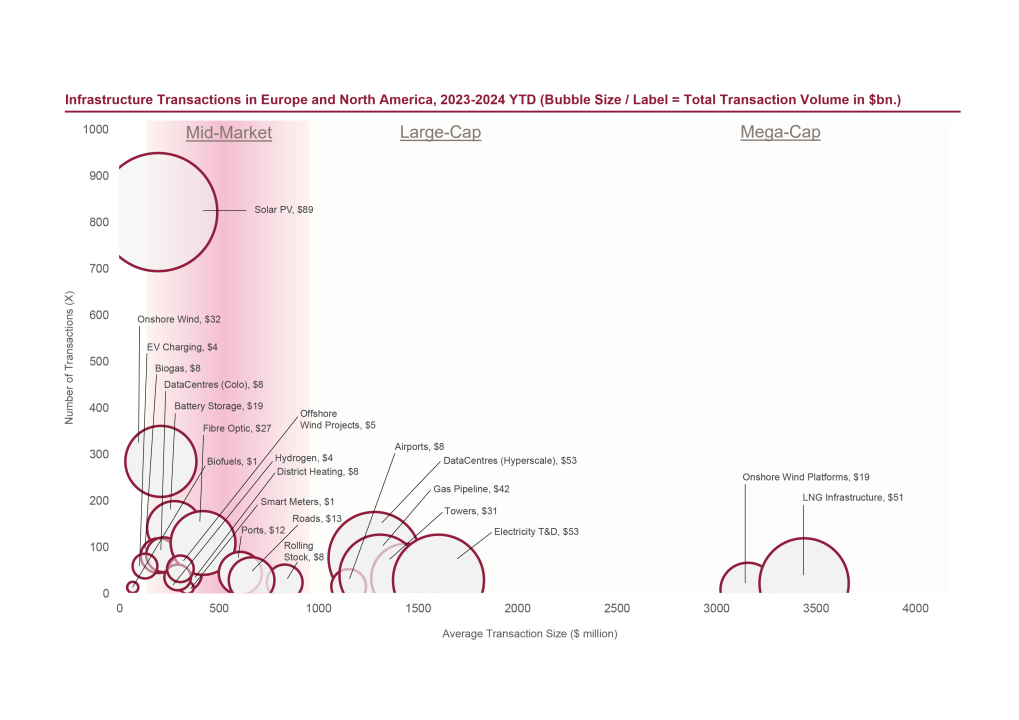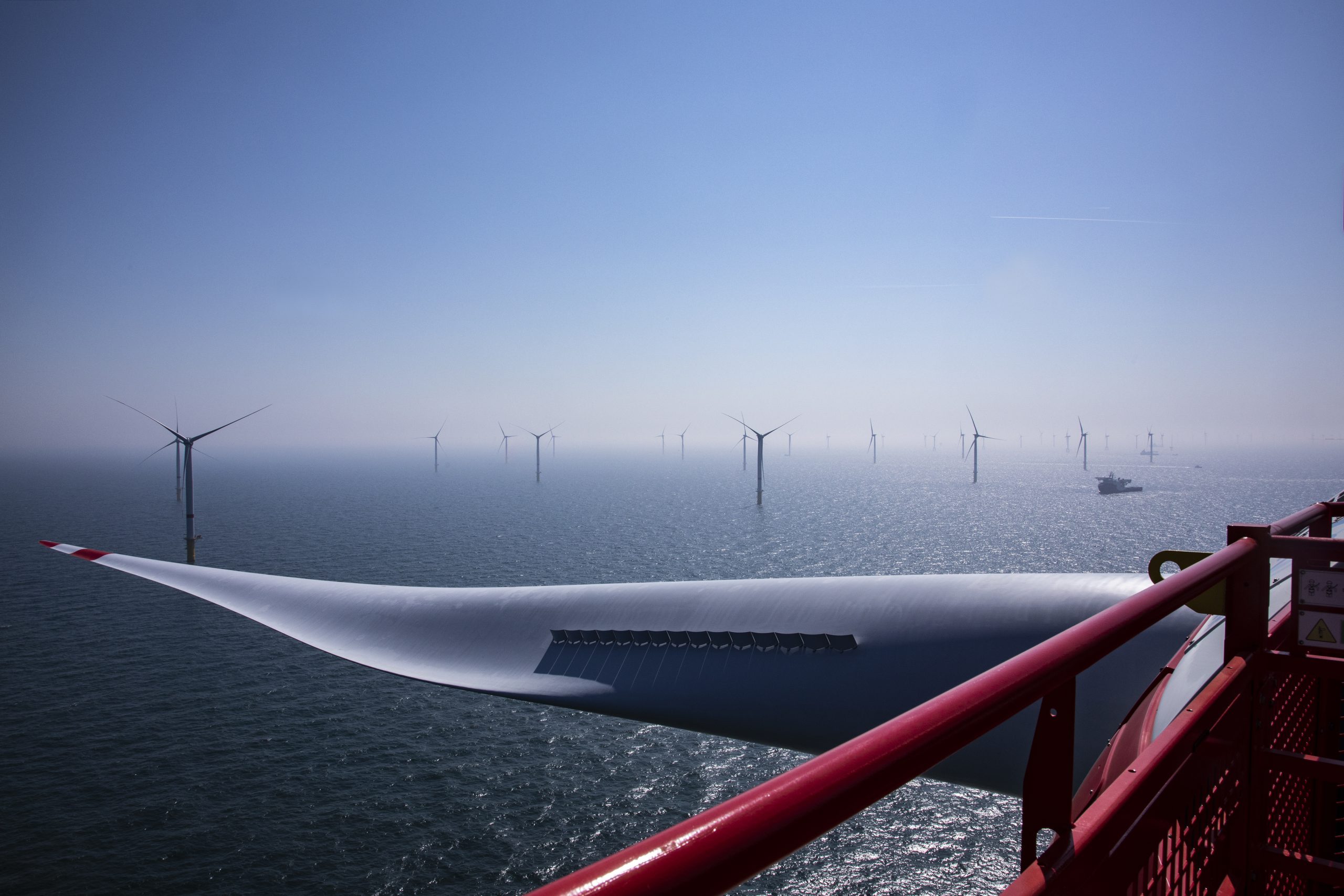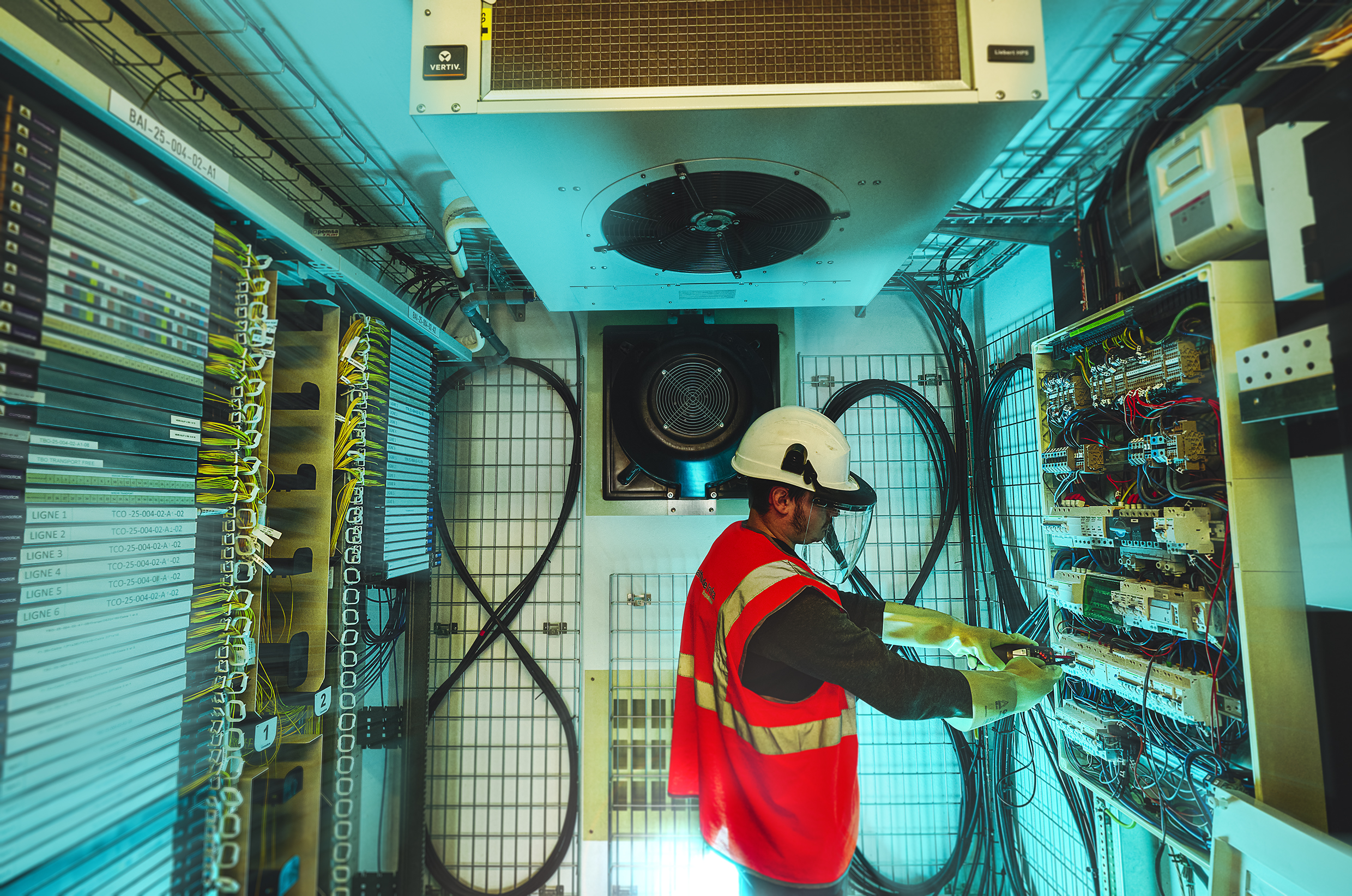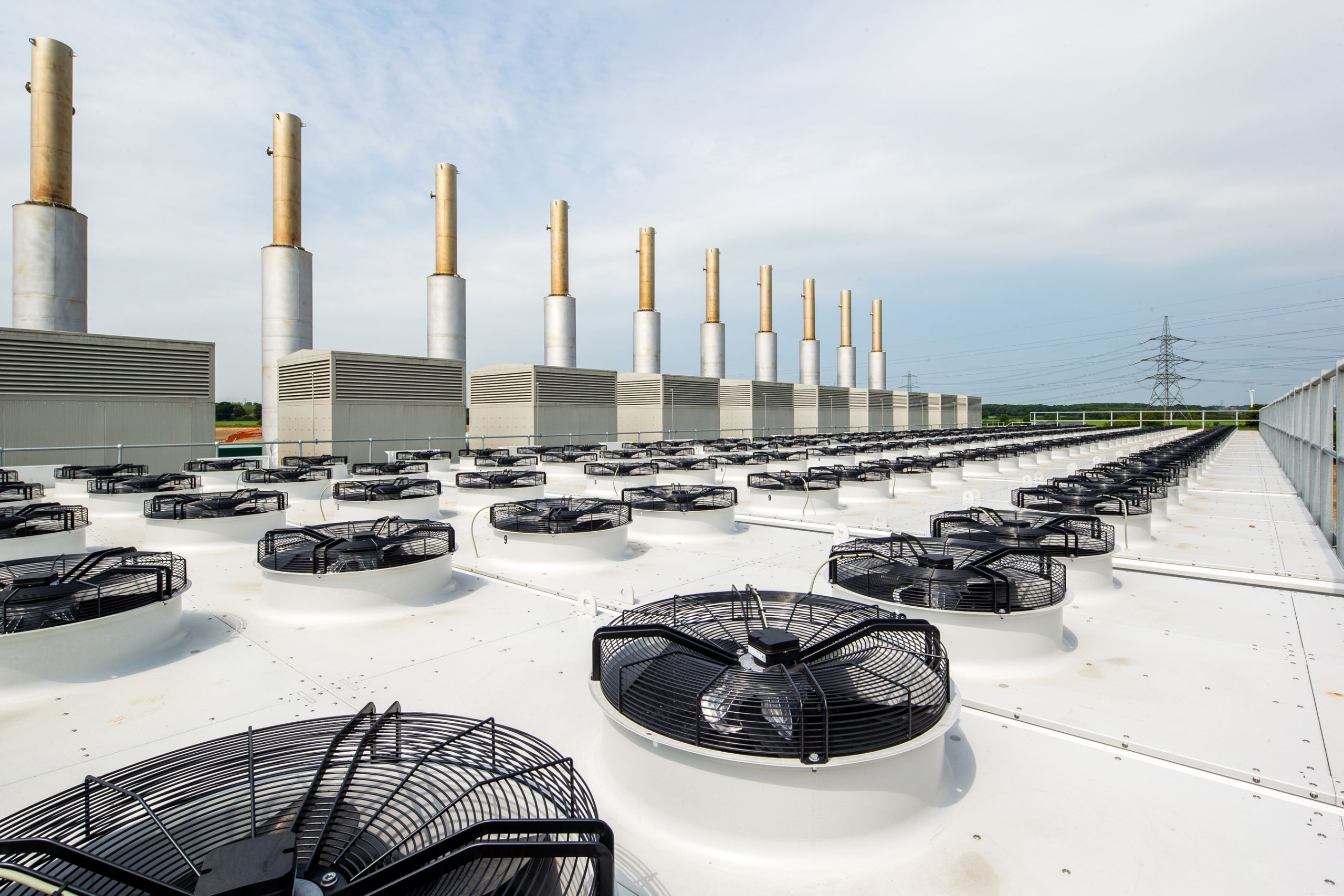Central to this investment requirement is the infrastructure middle market (mid-market).

Source: InfraRed Capital Partners, Infralogic, August 2024
Moreover, the mid-market in mature geographies such as North America and Europe has played a major role in the build out to date. Since 2023 to mid-2024, the volume of infrastructure and energy transition transactions in the mid-market has surged to over $200 billion in these advanced economies. It stands out as the most dynamic and rapidly expanding market segment for private infrastructure investment.
As a result of a broadening opportunity set created by the decarbonisation agenda, the infrastructure market is changing, and we are witnessing a decrease in the median equity deal size in the private infrastructure space. For example, in Europe, it has decreased from $520 million in 2018 to $340 million in 2023, highlighting how the lower end of the mid-market is gaining in importance [3].
The mid-market has therefore become pivotal to decarbonisation, particularly for investors traditionally focused on large-cap infrastructure who are now increasingly seeking to participate in the long-term value creation potential of the energy transition.
Decarbonisation: Driving diversification and digitalisation
As Europe and North America continue their respective decarbonisation journeys, supported by meaningful policy stimulus, it’s the mid-market segment that has become a hive of activity. InfraRed has had a presence in Europe since 1997 and North America since 2009, we are now witnessing the mid-market not just facilitating new renewable energy generation capacity but also supporting essential enhancements to existing infrastructure.
A diverse array of projects are being financed from wind and solar to vital decarbonisation technologies, such as battery storage and biofuels. With the bulk of new power capacity consisting of renewables and battery storage, the mid-market also represents a powerful enabler of other key megatrends, like digitalisation.
Global energy demand is predicted to grow annually by more than 3%, driven in large part by the electrification of economies. For example, the data centre sector currently consumes c. 3% of global power, with forecasts predicting it could reach 8% by 2030 [4]. It is fair to assume that mid-market capital flowing into new renewables projects will be critical for the operation and growth of some large-cap, hyperscale data centre platforms.
Redefining allocations
The energy transition is redefining investors’ strategies when it comes to private infrastructure allocations. Based on our research, investors who have traditionally focused on large-cap infrastructure such as gas projects, network utilities, and major offshore wind developments may encounter constrained paths for direct engagement in the energy transition. Moreover, these large-cap sectors were once sought mainly for long-term yield; however, the meaningful increase in capital expenditure prompted by the energy transition is frequently redefining their risk-return dynamics towards capital appreciation and higher returns.
We believe capital can be most effectively deployed in the mid-market because it is where decarbonisation and digitalisation opportunities are concentrated. As result, these investments are likely to yield more attractive risk-adjusted returns, in a market environment where interest rates may remain higher for longer.
A growing mid-market also means the opportunity set is expanding higher up in the risk/return spectrum, with broader manager selection and portfolio diversification playing a key role for performance resilience.
Deal sourcing and selection
The allure of the mid-market lies in the multiple facets of its risk-return proposition. A rich deal pipeline and proprietary deal sourcing limits competition for assets, contributing to the avoidance of expensive auctions, and often translating into attractive entry pricing. The mid-market enables investors to engage in a tested and repeatable process of acquiring, building and expanding assets with solid growth potential underpinned by secular tailwinds.
However, deal selection is key, as not all opportunities will have the critical infrastructure characteristics investors seek exposure to, such as predictable demand patterns, long-term revenue visibility and inflation-linkage.
Active management within the mid-market is key and requires control over assets. A crucial element involves identifying management teams equipped with the necessary expertise and alignment of interest for long-term value creation.
The mid-market offers advantageous exit prospects to large-cap investors, often at attractive valuations typically unattainable in larger deals — making it an attractive arena for build-to-core strategies. The mid-market will be central to infrastructure opportunities for the foreseeable future, and at InfraRed we are committed to providing investors with the strategies to capture those opportunities.

Jack Paris
Chief Executive
InfraRed, decarbonisation and digitalisation
InfraRed has been focused on the mid-market, since inception. We have been at the forefront of sectors relating to decarbonisation and digitalisation, having invested in renewable energy infrastructure for more than a decade and were early investors into battery storage, for example. Through disciplined selection and active management, we seek to perform through all market cycles and conditions – producing compelling, risk-adjusted returns for our investors.
To sign up for our insights series, or to speak to a member of the team, please fill out the form here.
References:
[1] United Nations, World Investment Report 2024, June 2024
[2] Macrobond, June 2024
[3] InfraRed analysis on Infralogic transaction database of closed infrastructure deals
[4] Bloomberg, June 2024
This document is issued by InfraRed Capital Partners Limited (“InfraRed”). InfraRed is authorised and regulated by the Financial Conduct Authority (“FCA”) with firm reference number 195766. This document is for information and convenient reference, and does not constitute an offer or solicitation for, or advice that you should enter into, the purchase or sale of any security or other investment product or investment agreement, or any other contract agreement or structure whatsoever.



